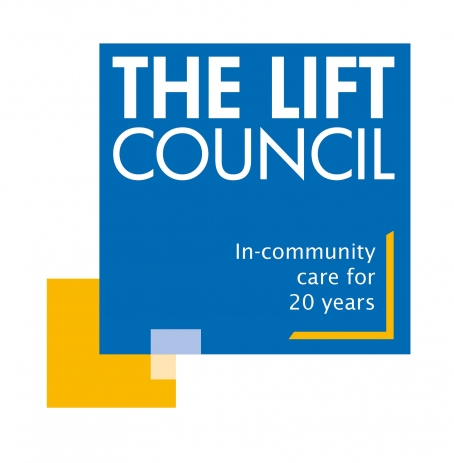Since 2005, we’ve been working with our NHS partners to deliver and maintain modern, flexible neighbourhood health facilities in the heart of local communities across Sheffield.
With seven sites under management and a track record of successful capital projects, we’re committed to keeping NHS buildings safe, compliant, and ready to adapt as local health needs evolve.
Our mission is simple: to create welcoming, high-quality spaces where care can thrive today and in the future.
Over the past two decades, Community 1st Sheffield has been working together with the local NHS to transform and sustain health and social care through investment in primary care infrastructure across Sheffield. Since our founding in 2005, we’ve built our role as the proven, procurement-cleared partner delivering long-term estate and facilities management solutions tailored to local needs.
We currently support seven modern neighbourhood health centres across Sheffield and have delivered numerous capital projects and property adaptations to ensure our sites evolve with changing service requirements, with no back-log maintenance.
From equitable design to flexibility of use, our facilities are designed to adapt as health needs change while always maintaining safe, modern, and compliant environments for NHS services. Our local teams deliver 24/7 estate management, reactive and planned maintenance, supported by dedicated Property Managers at each site.
Jon Keegan, General Manager of Community 1st Sheffield, said: “Community 1st Sheffield is proud to have been a long-standing partner of the NHS in Sheffield. With our extensive regional experience, we truly understand both the local geography and what matters most to our health partners. The positive impact these health and community facilities are making in neighbourhoods across Sheffield is a lasting legacy we’re all proud of.”
Zoe Openshaw, Operations Director at Blue Support Services, said: “As a local employer, we’re really proud to support our Community 1st NHS facilities and keep them to the highest standards. These buildings are vital community, and by providing facilities management and compliance services, we help frontline NHS staff provide care in safe and well-maintained spaces.”
Community 1st Sheffield is committed to maintaining these important assets responsibly. We deliver high standards of estate and facilities management so that every building remains safe, compliant, and fit for purpose, with no issues of backlog maintenance.
As primary care evolves locally and nationally, we take pride in our strong, collaborative approach with our community, NHS partners, and local stakeholders. Whether designing new buildings or maintaining existing ones, our goal is to provide flexible, responsive estate services that support the objectives of the NHS 10 Year Plan and reflect what Sheffield needs most.
Here’s to continuing our work together: delivering modern, resilient health infrastructure so that where care is delivered, it’s fit for today and ready for tomorrow.


